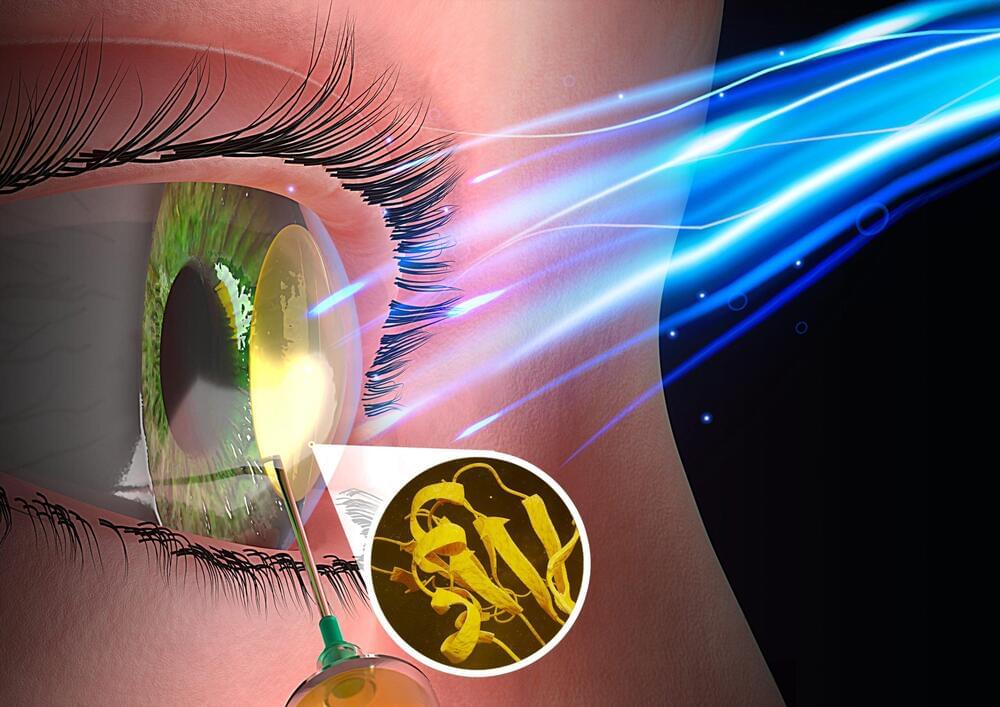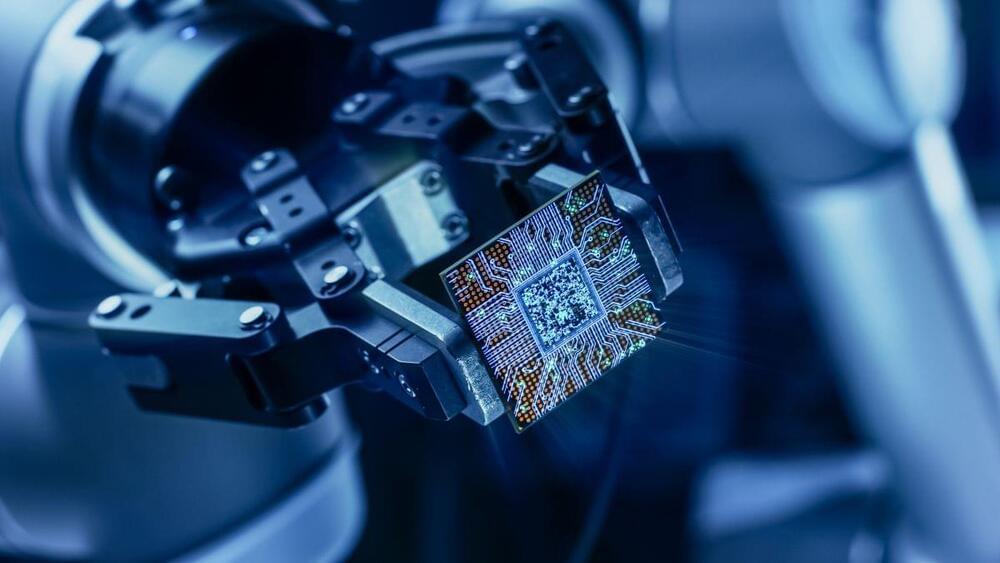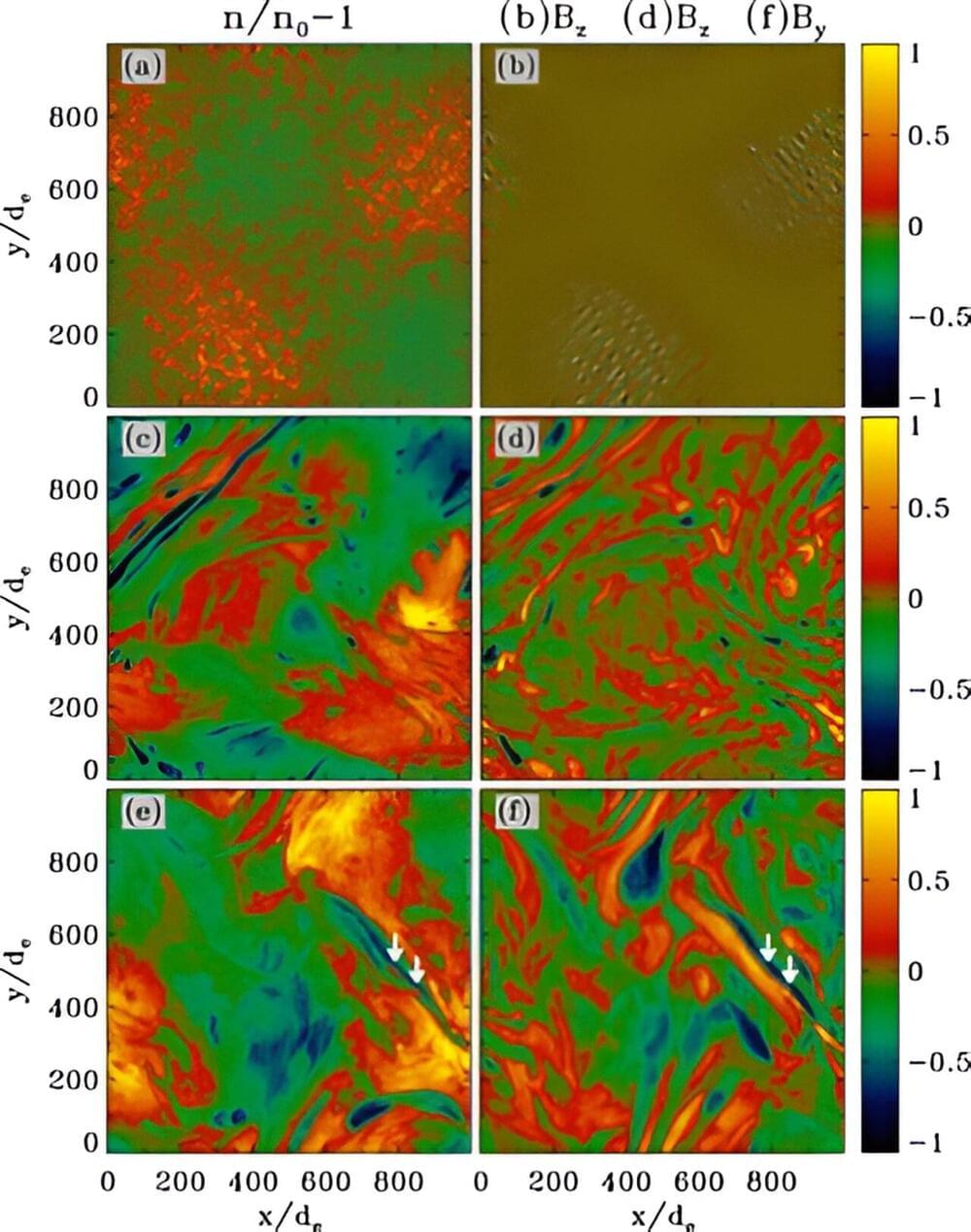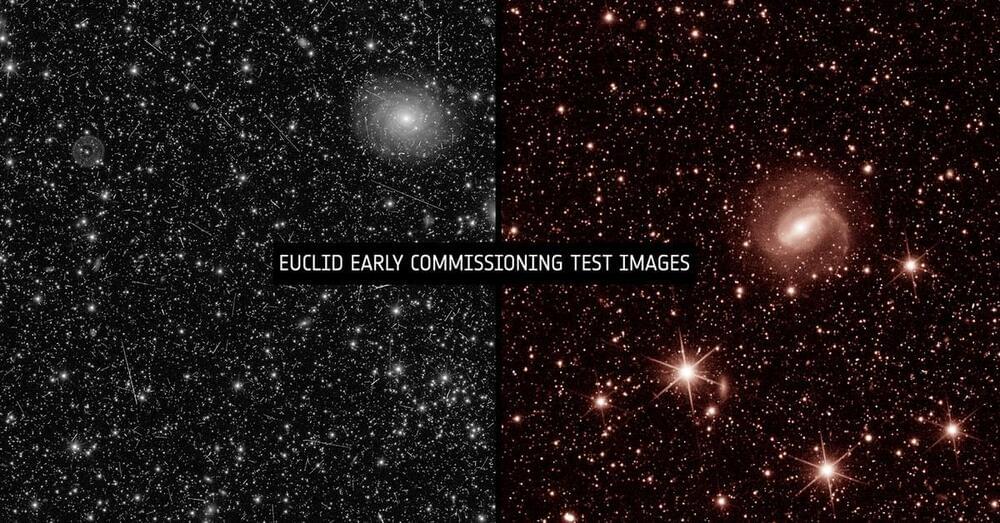There’s a lot of talk about the potential for artificial intelligence in medicine, but few researchers have shown through well-designed clinical trials that it could be a boon for doctors, health care providers and patients.
Now, researchers at Stanford Medicine have conducted one such trial; they tested an artificial intelligence algorithm used to evaluate heart function. The algorithm, they found, improves evaluations of heart function from echocardiograms — movies of the beating heart, filmed with ultrasound waves, that show how efficiently it pumps blood.
“This blinded, randomized clinical trial is, to our knowledge, one of the first to evaluate the performance of an artificial intelligence algorithm in medicine. We showed that AI can help improve accuracy and speed of echocardiogram readings,” said James Zou, PhD, assistant professor of biomedical data science and co-senior author on the study. “This is important because heart disease is the leading cause of death in the world. There are over 10 million echocardiograms done each year in the U.S., and AI has the potential to add precision to how they are interpreted.”






